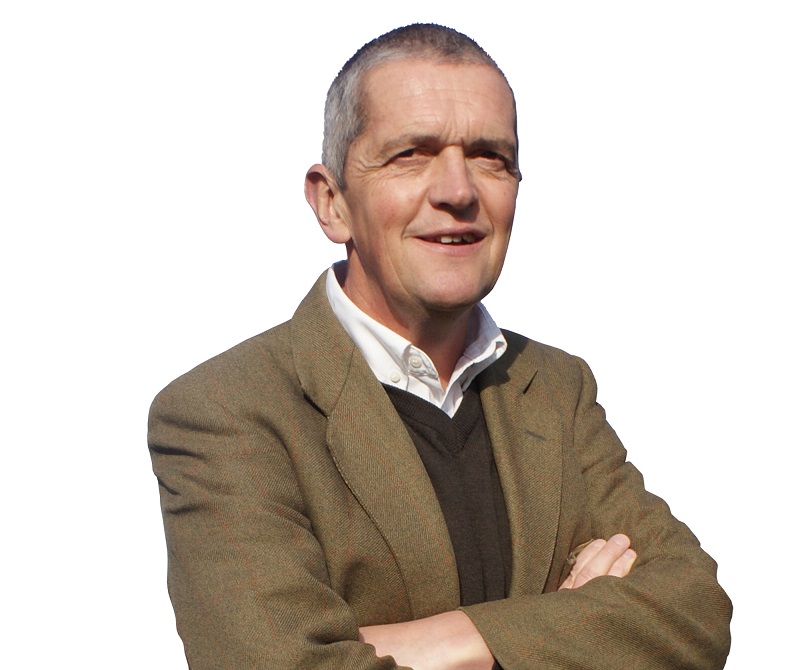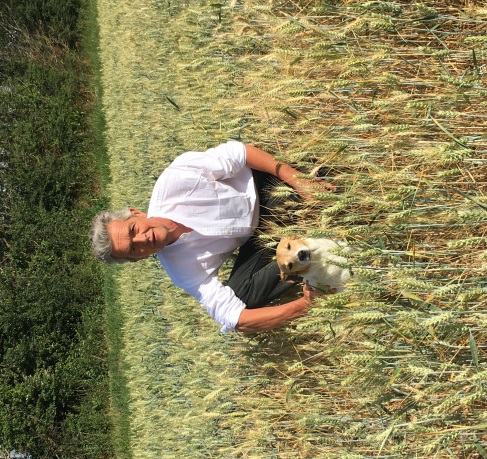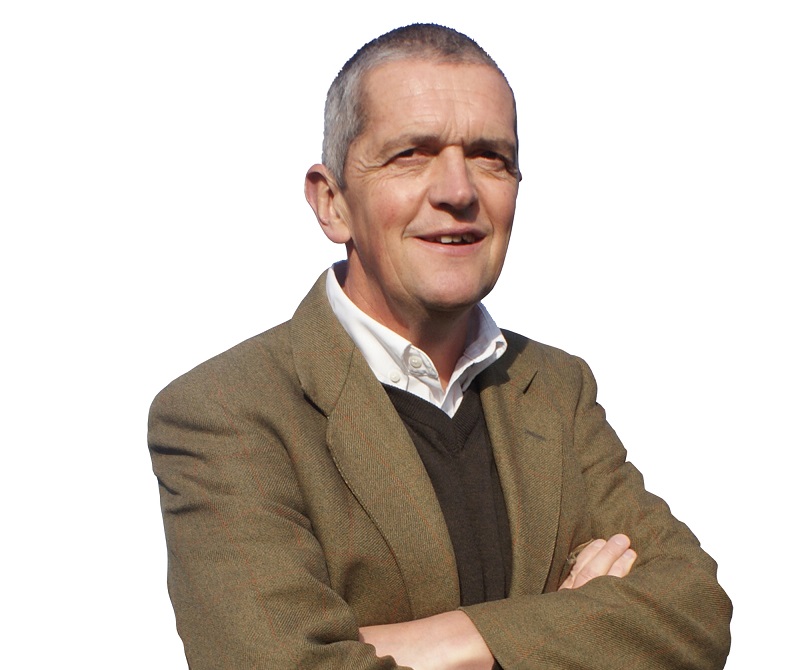 As I write, much of north east Essex is turning a harvest-ready gold and by the time you read this Harvest 2020 will be well underway.
As I write, much of north east Essex is turning a harvest-ready gold and by the time you read this Harvest 2020 will be well underway.
We’ve no barley on this farm this year and I’m feeling horribly smug about this given where barley prices are and looking at some of the local ‘bonsai’ crops. But the harsh fact is I’ve not any oilseed rape, wheat or bean crops to crow about. While copious amounts of precipitation circled round us, my patch of Essex was blessed with scarcely an inch of rain in June. Seeing as that takes the total since early March to a yield sapping two inches (50mm), you could say it’s not been a kind year.
So thoughts go now to planning for next year and harvest 2021 – that’s assuming we are still here and 2020 doesn’t get any worse with something like a significant volcano blowing or a major meteorite colliding with planet Earth.
But enough of the catastrophising. It’s at times like these I take inspiration from my grandfather who lived through two world wars, the Great Depression, Spanish flu, Krakatoa erupting, collapsed markets, floods, droughts and the blackest of winters but never felt it was just all too much so that it wasn’t worth seeding the farm every autumn. Even today the fate of humanity turns on the decision of the farmer to take the risk of putting a seed in the ground.
This year the decision as to which varieties of wheat seeds to put in the ground hasn’t been made any easier by the cancellation of the plethora of trials days and shows that usually punctuate the June calendar. Rather than see varieties in the flesh we are reliant on remote imagery and the virtual reality through screens on our iPhones and laptops.

With some wheat crops not tall enough to hide a Jack Russell Guy Smith wonders if he’s the only farmer who thinks his hair has grown more than some of his crops during lock-down.
I’m told the fashionable way to make the initial engagement with members of the opposite sex has been through electronic devices for some time now. No longer is the mating/dating game initiated by encounters in the flesh but rather it’s done by trawling through images in the virtual world. I’m tempted to speculate whether there is anything to be learnt from the delicate task of finding a good sort through Tinder when it comes to selectIng wheat varieties without the chance to stroke the ears, grope the flag leaves or open up the canopy to check the stems for disease. Maybe it’s a case of remembering that looks alone may not be enough especially if you end up with something that is high maintenance. On reflection I’ve usually selected varieties on their vital statistics so not much has changed there.
We’ve been growing Crusoe and Skyfall for some years now so I’m minded to ring the changes in autumn 2020.The plan is to stick with the policy of growing Group 1s or 2s, so KWS Zyatt and Extase may find a place on the farm next year. Whether these two will live up to their promise on paper remains to be seen. Ever the optimist I’m dreaming of a golden harvest in 2021 that will hopefully compensate for the misery that awaits the combine yield meter this coming harvest. I’ll be tempted to turn it off as I’m bracing myself for yields beginning with sixes and sevens rather than eights or nines. So here’s wishing you all a start to harvest that won’t leave you at sixes and sevens, unless you’re in the OSR that is.
Guy Smith grows 500ha of combinable crops on the north east Essex coast. @EssexPeasant




